I have always loved cucumbers. I find their crunchy texture and mild and refreshing flavor irresistible. It always baffles me that there are people out there that don’t like them (ahem…you know who you are ;-). I’m a HUGE fan of pickles (I’ll thank my Essenmacher roots for that!) and I love cucumbers on salads (green salads, pasta salads, etc.). I’ve also had refreshing cucumber waters and cucumber cocktails. Je
nnifer Tyler Lee also recommends Asian cucumber salad, minty cucumber salad, and cucumber tea sandwiches. All of which sound great!
Food Facts:
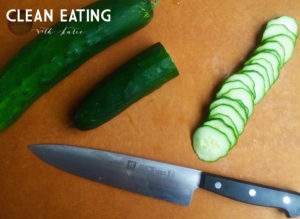 Seventy percent of the US pickle crop is made into pickles.
Seventy percent of the US pickle crop is made into pickles.- Cucumbers are composed mostly of water, making them a very refreshing option during summer.
- The flesh contains vitamins A and C and folic acid, while the skin is rich in fiber and contains the minerals silica, potassium, magnesium, and molybdenum. [My thoughts on peeling vegetables: peeling them is just extra work AND it takes away vital nutrients, so no thanks.]
- Good source of vitamin K and B5, phosphorous, copper, and manganese.
- Cucumbers belong to the same family as melons, summer squash, and winter squash.
- Have high antioxidant and anti-inflammatory properties.
- Are a good source of flavonoids, lignans, and triterpenes.
From The 52 New Foods Challenge: A Family Cooking Adventure for Each Week of the Year, with 150 Recipes by Jennifer Tyler Lee, Encyclopedia of Healing Foods
by Michael Murray, Joseph Pizzorno, and Lara Pizzorno, and whfoods.com.
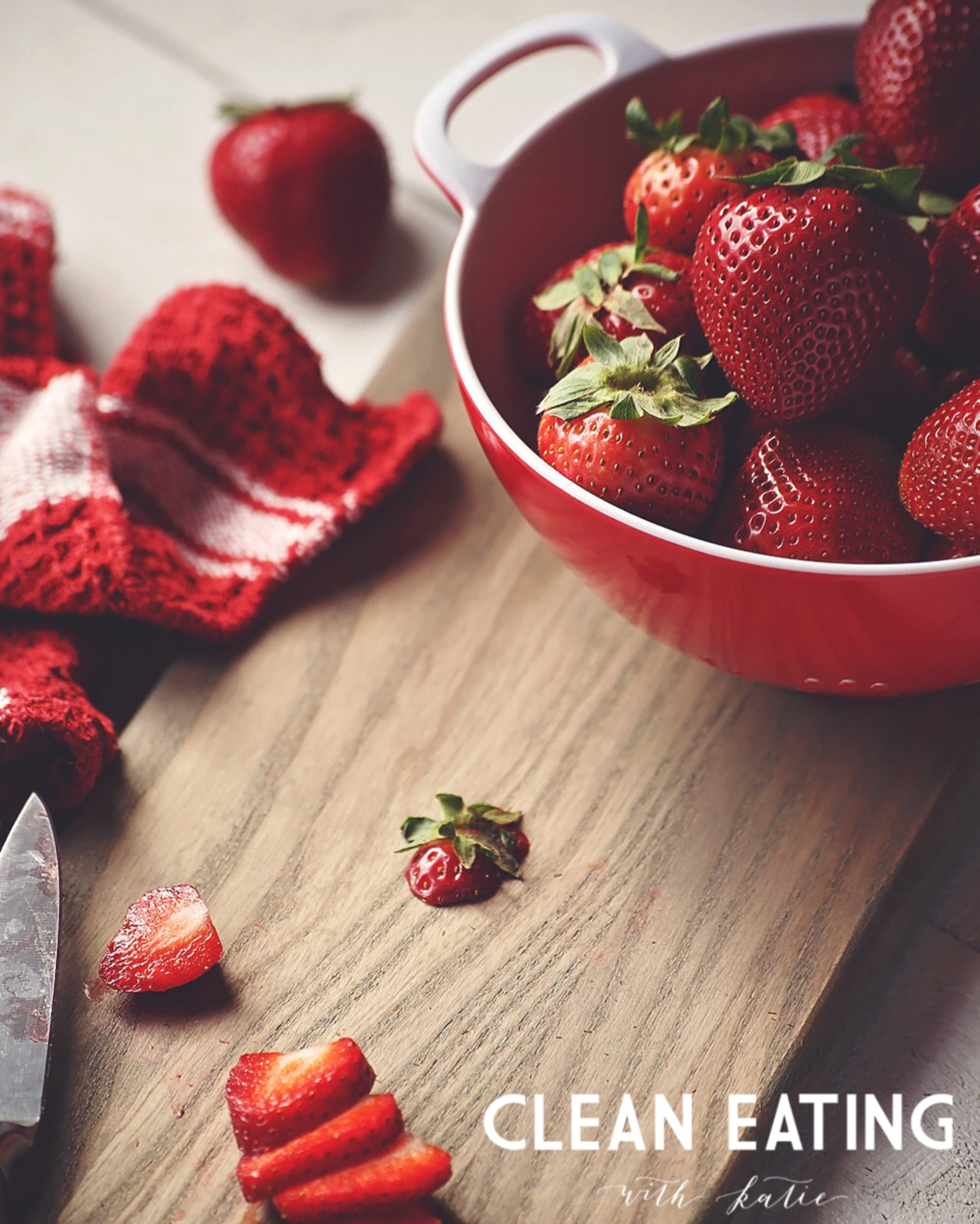

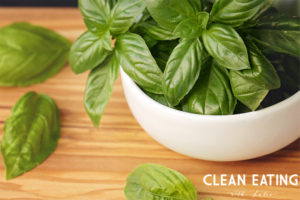
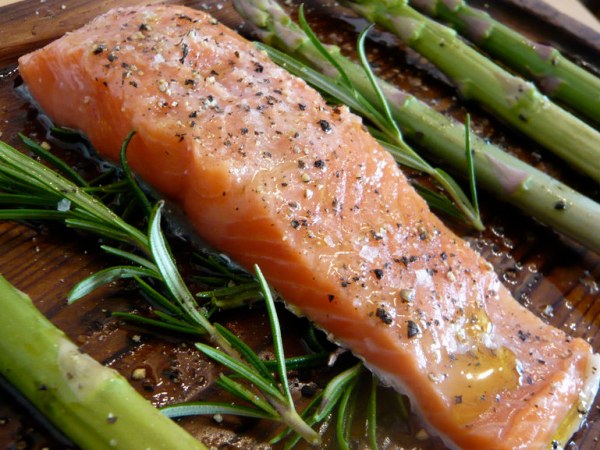
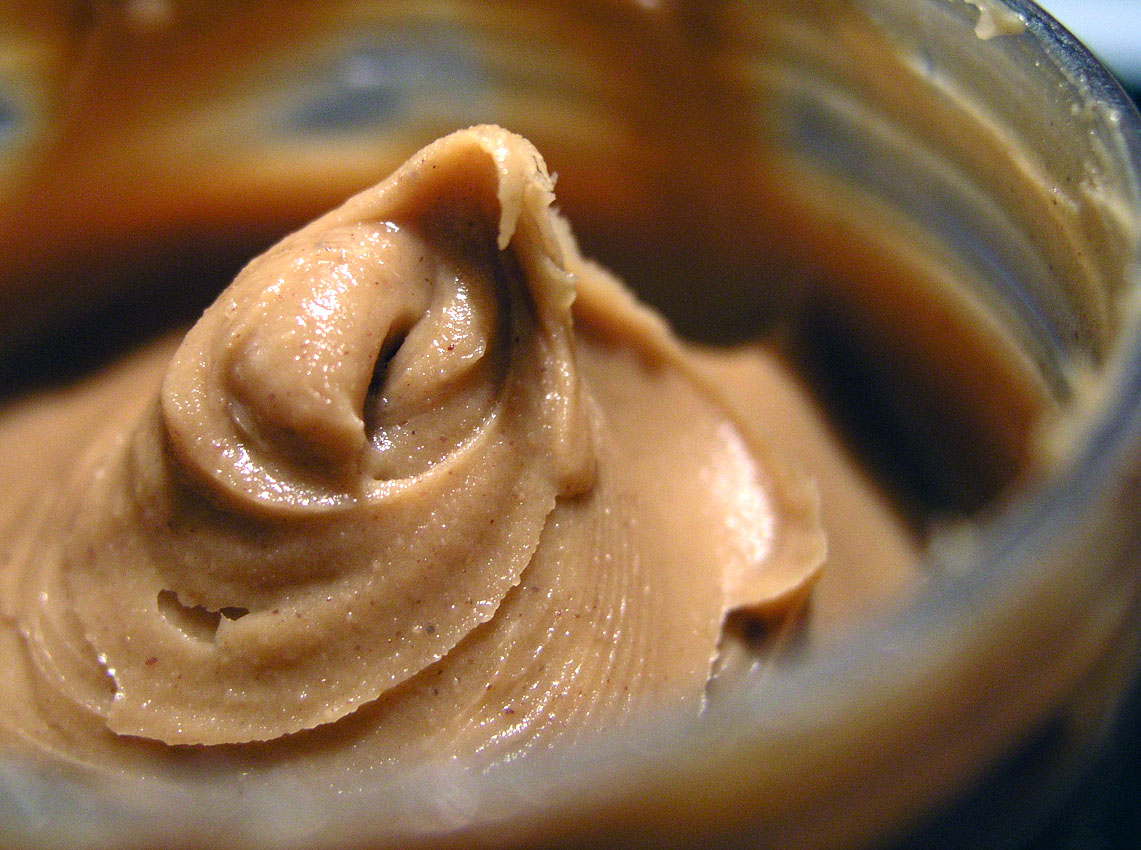 Food Facts:
Food Facts: